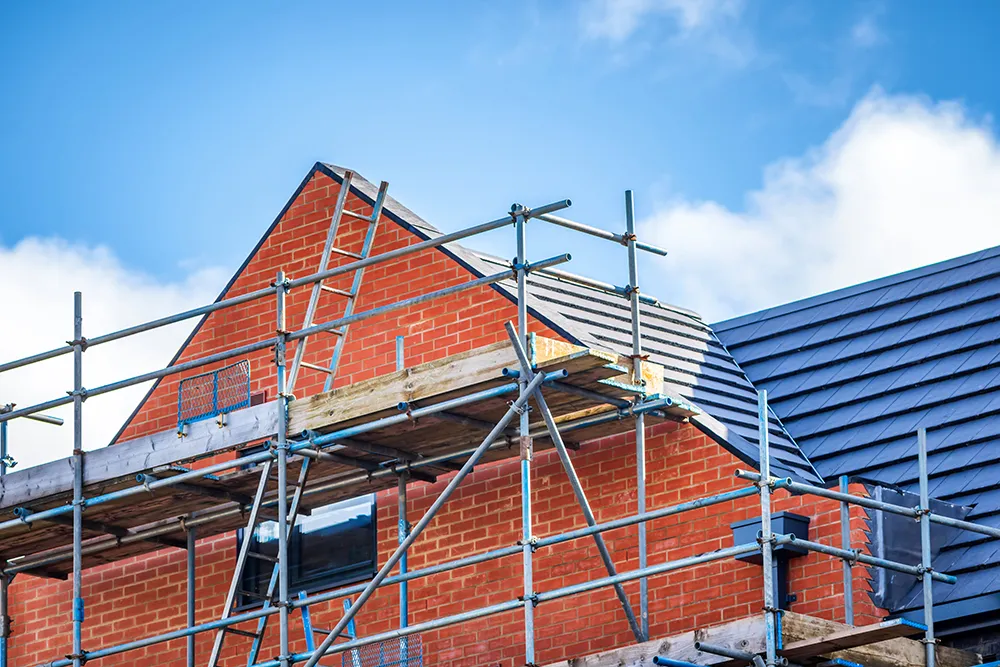
Total construction output is estimated to have grown by 0.1% in the three months to September 2025, the latest figures from the Office for National Statistics reveal.
The data shows that over the three-month period, new work fell by 0.2%, and repair and maintenance grew by 0.6%.
At the sector level, four out of the nine sectors grew in the three months to September 2025.
The main contributor to the increase was private housing repair and maintenance, which grew by 2.9%, while the main negative contributor was private new housing, which fell by 1.9%.
Monthly construction output is estimated to have grown by 0.2% in September 2025, following a downwardly revised decrease of 0.5% in August and a upwardly revised increase of 0.2% in July.
he increase in monthly output in September 2025 came solely from an increase in new work (0.7%), as repair and maintenance decreased by 0.5% on the month.
Total construction new orders grew by 9.8% in the third quarter compared to the previous quarter.
Meanwhile, the annual rate of construction output price growth was 2.7% in the 12 months to September 2025.
McBains managing director of property and construction Clive Docwra says: “Today’s figures will at least provide some degree of comfort ahead of what many expect to be a difficult winter for the construction industry.
“However, it’s still a mixed bag – while we welcome new work increasing by 0.7% in September and the private commercial sector witnessing growth over the month, performance over the last quarter as a whole remains sluggish, with new orders falling by 0.2% and private housing by a worrying 1.9%. It’s clear that underlying concerns from investors over the economy are still biting hard.
“The immediate road ahead remains challenging, and while many are expecting a lacklustre Budget later this month, the hope is that the Chancellor will make further commitments in terms of infrastructure investment and moves toward a more settled fiscal environment. With housebuilding in need of a boost, reforms such as abolishing stamp duty would also provide a shot in the arm for the sector.”
Elsewhere, Hampshire Trust Bank managing director of development finance Neil Leitch adds: “As these figures show, construction remains under real pressure. Last week S&P’s construction PMI reported the tenth consecutive month of decline, with housing seeing its steepest fall in eight months.”
“Confidence is fragile, and viability is tightening. Rising costs, extended timelines and local delays mean many schemes simply do not stack up, even when demand is strong.”
“From regulation and planning to securing skilled workers, developers, and particularly SMEs, face mounting challenges. The appetite is there from developers, and the need is clear among homebuyers and tenants.”
“Lenders have the capacity to fund viable schemes, but uncertainty over timing and delivery continues to hold projects back. The pressure is not evenly spread. Developers in some regions face longer waits for planning and greater pressure on labour, making it even harder for smaller firms to stay active.
“For all the Budget speculation around tax, the real opportunity lies in construction. With proper investment, the Government can help secure the housing delivery pipeline, resource planning departments, and tackle the skills shortage that threatens long-term capacity. Each new initiative brings promise, but the reality on the ground has barely shifted.”
“Real progress depends on partnership between policymakers, lenders and developers, and what the sector needs now is follow-through, not another reset. The sector underpins jobs, housing and investment, and it needs stability, consistency and the confidence to deliver.”



